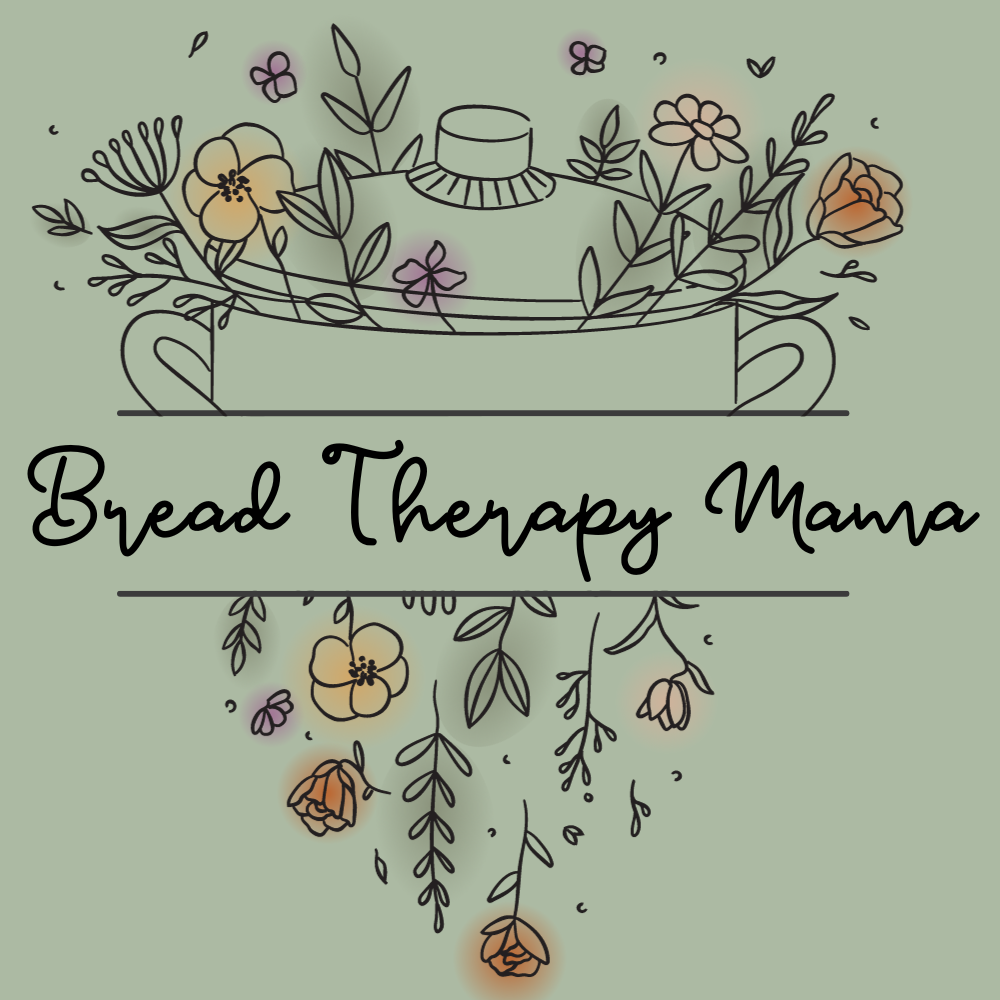Sourdough Starter 101
Making sourdough bread can be very intimidating, and it isn’t because of the actual bread baking. The most confusing part about sourdough is understanding the starter. When I started making sourdough, I remember I had a million questions, and 99% of them had to do with the sourdough starter. In this blog post, I hope to answer all of your questions about starter so you can go into sourdough baking feeling more confident! If you have questions about the baking part of sourdough, check out my sourdough 101 blog post.
What is sourdough starter? In regular bread, you use yeast as the leavening agent. In sourdough, starter is used instead of yeast. Starter is fermented flour and water, and the fermentation process creates all this beautiful bacteria and yeast that makes the baked goods rise.
Why do I need starter? Because you aren’t using yeast for sourdough to rise, you use the starter instead. So all you need for sourdough is fed sourdough starter, flour, water and salt. That’s it!
Where do I get starter? Sourdough starter is easy to come by. You can either find a friend who has some, or order some online. I sell dehydrated sourdough starter on my Etsy page! Once you have starter, you just have to keep it alive and you’ll have it forever!
Can I just make my own starter? You totally can! But it is a long process and takes a little more time and effort. Making your own starter can take about a week. I recommend just getting some from a friend or online store.
Where do I store my starter? You have two options for storing starter: on the counter or in the fridge. The fridge slows down the fermentation process. The difference is how often you plan on feeding and using your starter. Personally, I store my starter in the fridge, and only feed it when I plan on using it.
How do I feed my starter? I use a 1:1:1 ratio whenever I feed my starter. For example, if I measure out 100g of starter, I will feed it with 100g of warm water and 100g of flour.
How often do I have to feed it? It depends on where you store it. If you store your starter on the counter, then you have to feed it 1-2x a day. If you plan on baking daily, then this is the best option. But if you don’t, you will have a bunch of starter and discard that you won’t be using, and using more flour than you actually need. You just need to find what works best for you. If you store it in the fridge, you only have to feed it as often as you plan on using it. I usually feed it about once a week, because that is how often I bake sourdough. I know some people who only feed it about one a month. Usually if you plan on using it less often, you might want to go 2 rounds of feeding it before using it to bake.
When is the starter considered “fed” versus “unfed”? When your starter is fed it will be bubbly and airy. It looks like a perfect pancake batter! Whenever you feed your starter, you wait a few hours and it’ll double to triple in size- that’s when it’s fed. When it isn’t fed, it will smell like alcohol, and it might have a layer of liquid on the top. This liquid is called hooch! If your starter smells of alcohol and has a layer of hooch on top, that means it is hungry and needs to be fed!
When can I use my starter to make bread? Once you feed your starting, using the 1:1:1 ratio, you wait until it expands 2-3x its size. I usually feed it at night, then it is nice and bubbly the next morning.
What is the difference between starter, levin and discard? Essentially, they are all made up of the same thing, it just varies based on the stage. Starter is stage 1. Levin is stage 2, once the starter has been fed and is ready to use for baking. Discard is phase 3, the starter that is left over and isn’t used for your sourdough. Discard can be thrown away (discarded), used for a discard recipe, or saved and used again as starter.
Have more starter questions that I didn’t answer? Send me a message on Instagram!

